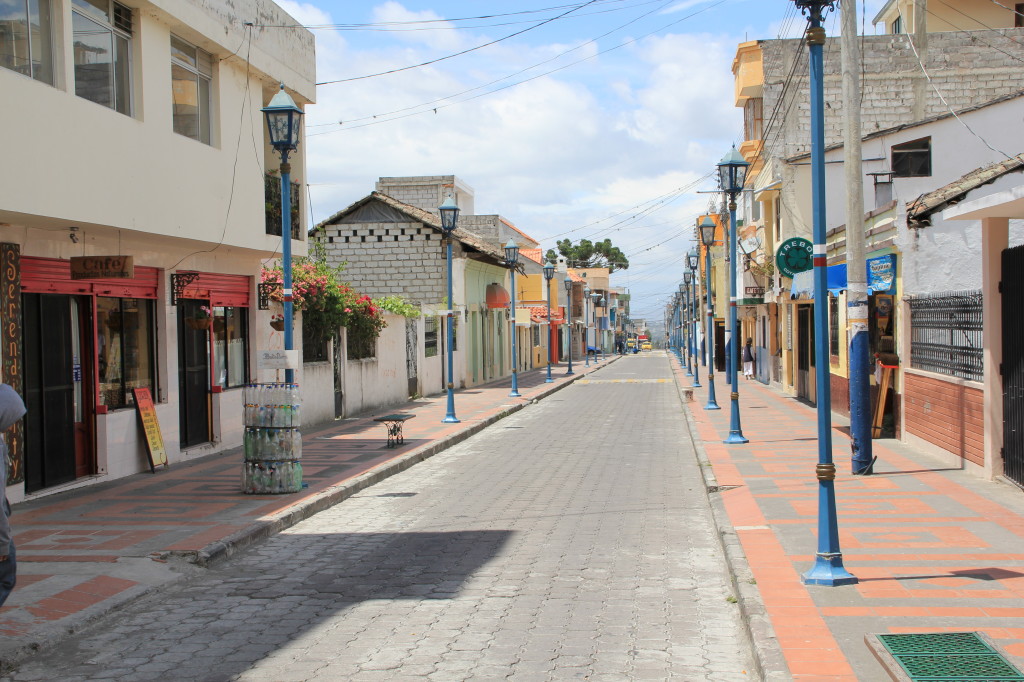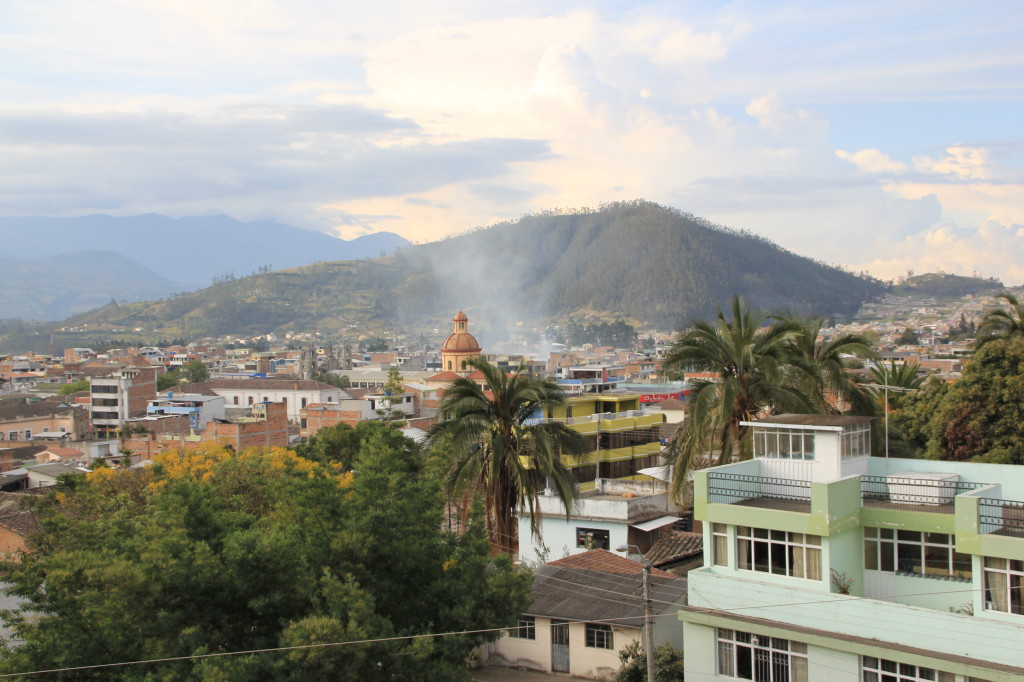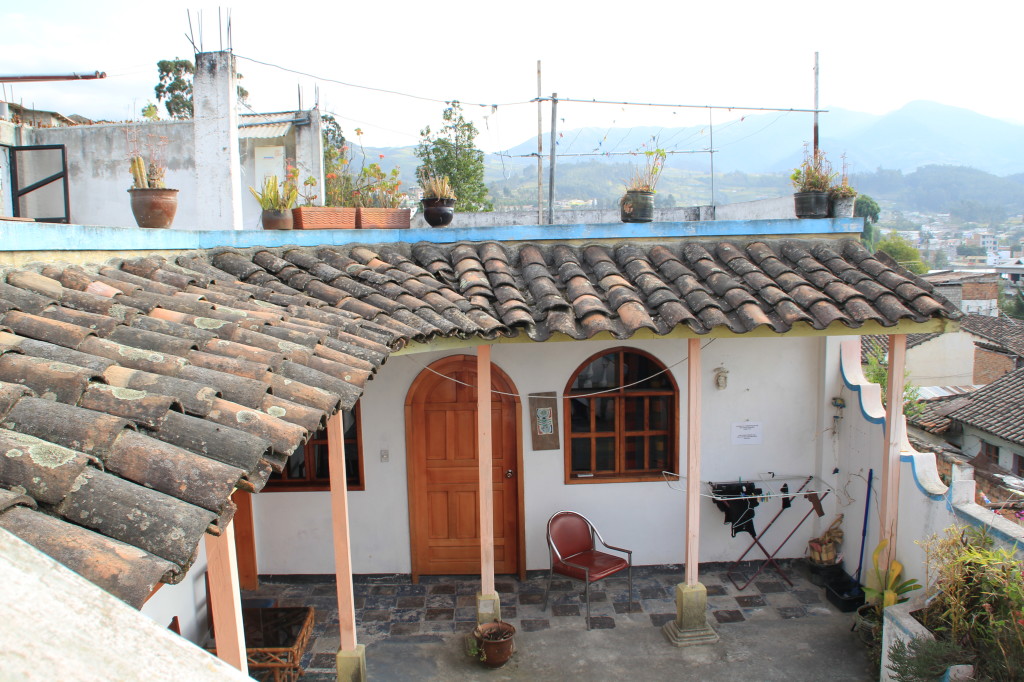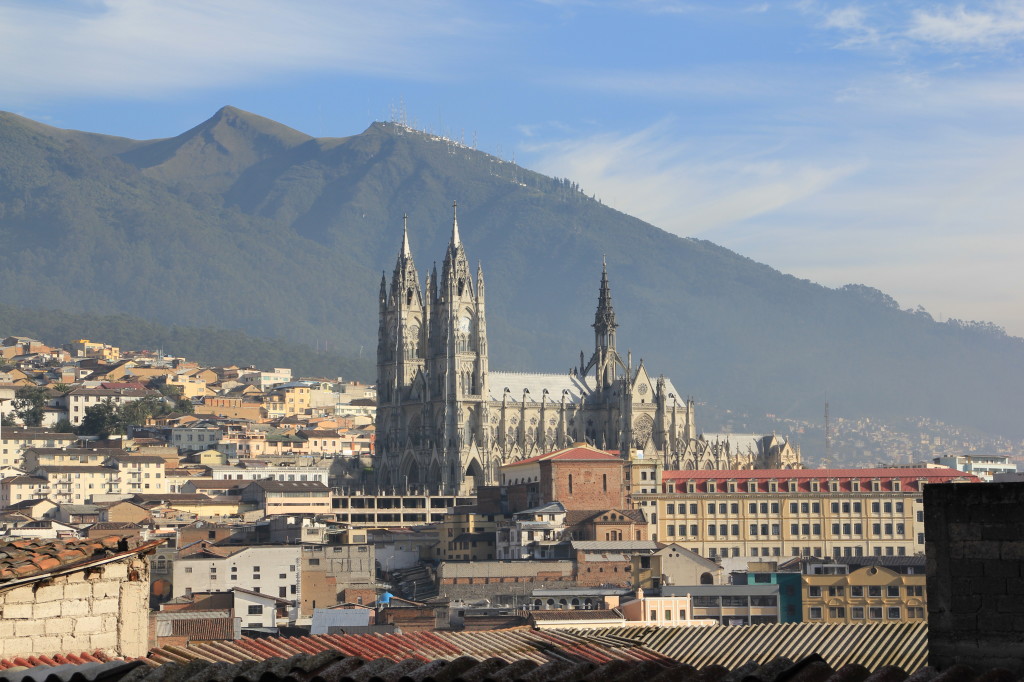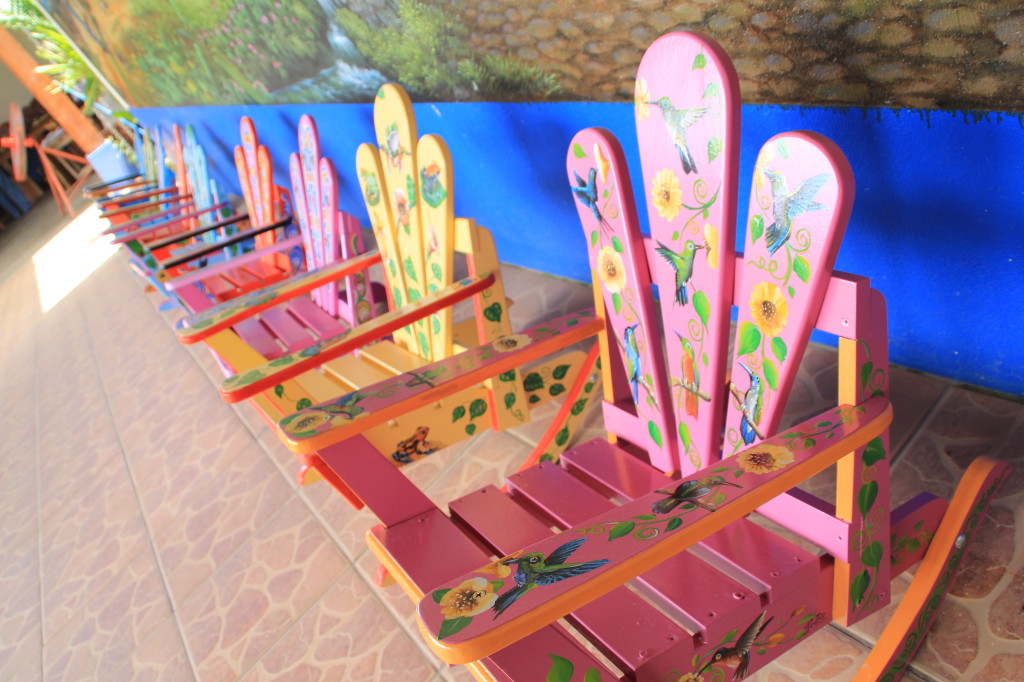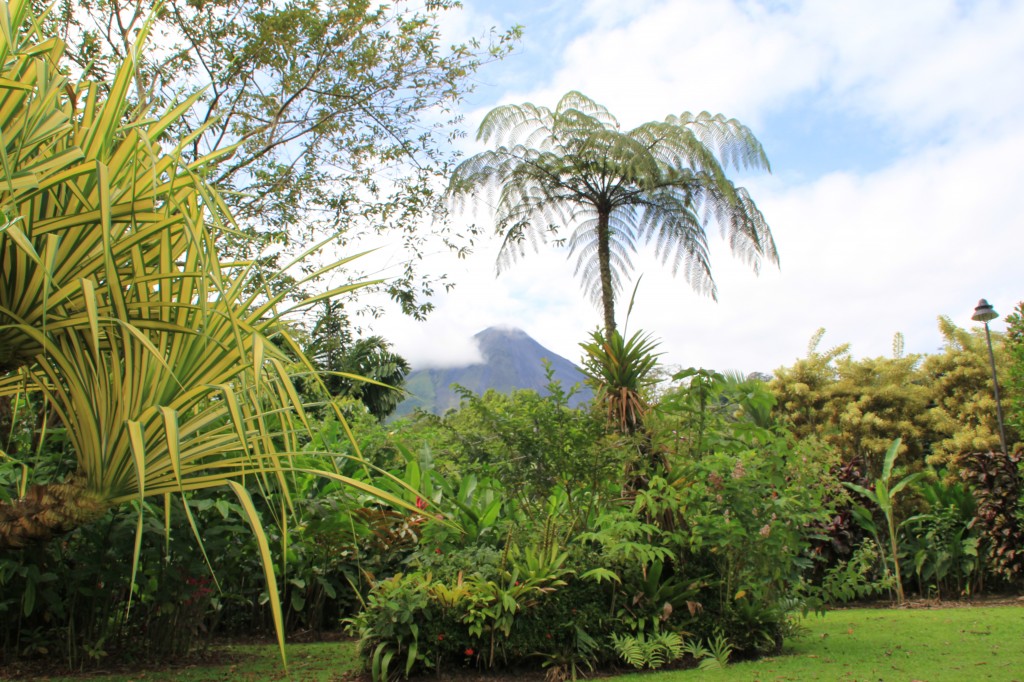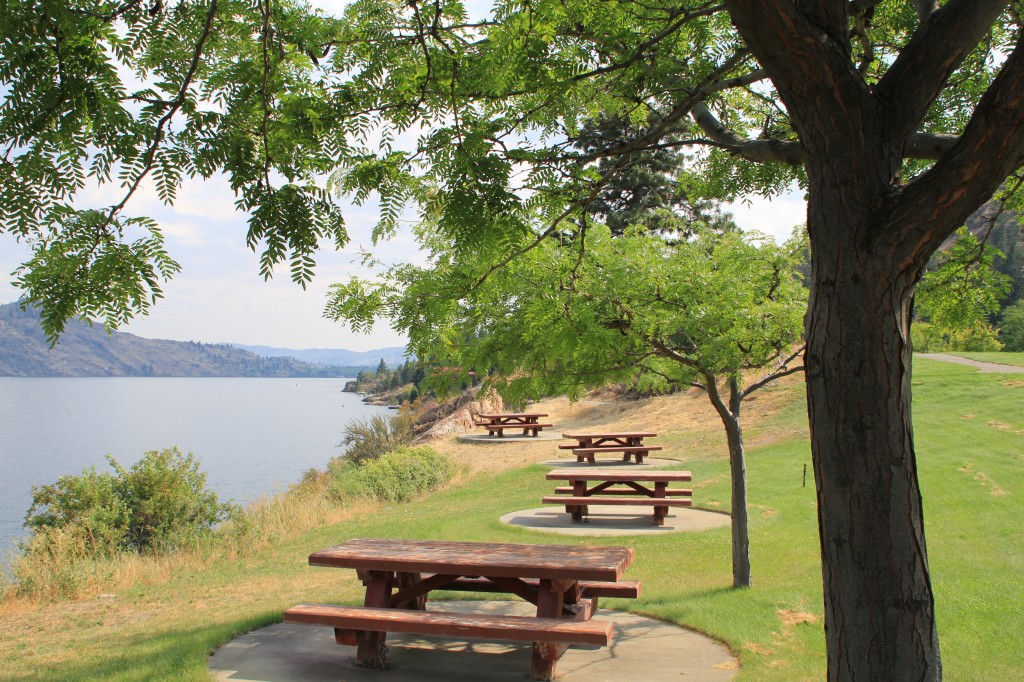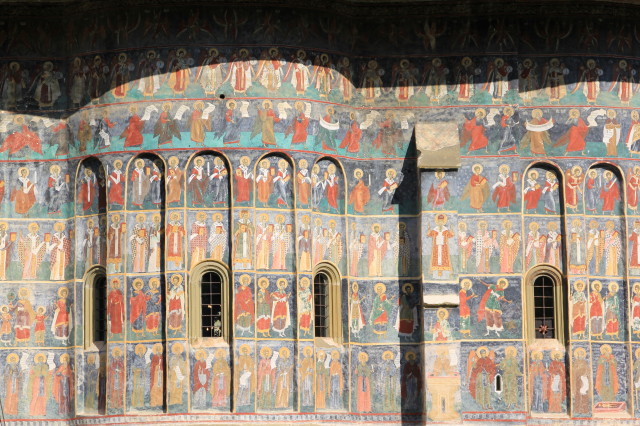If you have never been to Sarchí. . . Whether just visiting Costa Rica, currently living there or considering retirement, Sarchí should be on the day trip list – or longer if in search of tranquility amidst natural beauty. Located in the province of Alajuela, nestled within the rolling hills lush with coffee, sugarcane, and banana, Sarchí is recognized as a local and long time native artisan community known for woodworking, handmade furniture, and other arts and crafts. However there is another iconic item representative of Costa Rica which originates out of Sarchi. Co-founded by the Alfaro family whose influence is rich in the local culture, October 26, 2012 was the 63rd anniversary of the founding of the canton, Valverde Vega, of which Sarchí is the capital. Sadly, Dauve Alfaro Castro, one of the founding members of Sarchí passed away in early August at the age of 90. Blessed with the friendship of the wonderful people that make up the Alfaro family, we accompanied them to the celebratory parade and festivities marking the anniversary and honoring their family and other founding members. Anyone who has spent any time in Costa Rica is familiar with the ornately painted oxcarts. There are annual oxcart festivals and judging, and mini to full sized oxcarts can be purchased at virtually any gift shop. In the central park of Sarchí sits the world’s largest painted oxcart. Appropriate, as the hand painted oxcart finds it’s origin in Sarchí, at the hand of Eloy Alfaro Corrales, father of Dauve. While visiting Sarchi, one is missing out if they do not visit the fabrica (factory) of Eloy Alfaro (Fabrica de Carretas Eloy Alfaro) , located out the back door to the left of the large gift shop, just two short blocks from the central park. While there are craftsman working in the factory today, they encourage visitors. Walk into the ground level and one of the craftsmen will turn on and demonstrate the elaborate system of pulleys and belts powered by waterwheel that runs the woodworking machinery, devised by inventor Eloy, prior to having electricity available. It is quite impressive. Upstairs, you will see oxcart wheels and other wood crafts being handmade in the traditional methods, along with photos of Eloy and family. Arrive in Sarchí in the morning and enjoy fresh bread and baked goods with coffee or tea at the bakery adjacent to the park, with full view of the oxcart. Three of us filled and warmed our bellies for a total of about US $4. The church is beautiful and the park is full of artist’s renderings. Even the garbage cans and street signs are ornately painted. Just down from the corner of the park on the main road, to the left across the street from the bakery Musanni, is a little café specializing in helados (ice cream snacks) and refrescos (fresh fruit juices). Fruit is Costa Rica is picked ripe, so the flavors are deep and rich. The prices are good, and owners who originate from Colombia are quite welcoming, enjoy meeting their customers, and are happy to discuss how they searched various countries and communities before choosing to settle in Sarchí and open a business. A short drive from San José, Sarchi is an easy day trip, and locale one should visit, even if just on the way to or returning from the coast or Arenal. Many expats are moving into the Atenas, Grecia, and San Ramon regions, and all are within easy proximity to Sarchí. On a side note, for the drive: Shortly outside of San José, as the landscape begins a transformation to rolling hills covered in shades of green, on the left is a place called Fiesta del Maiz. All things made of corn, stop in and try something at this long-time favorite stop with the locals. Additionally, as you pass through Grecia, take the time to visit the church, which is said to be the only metal church in Central America.
